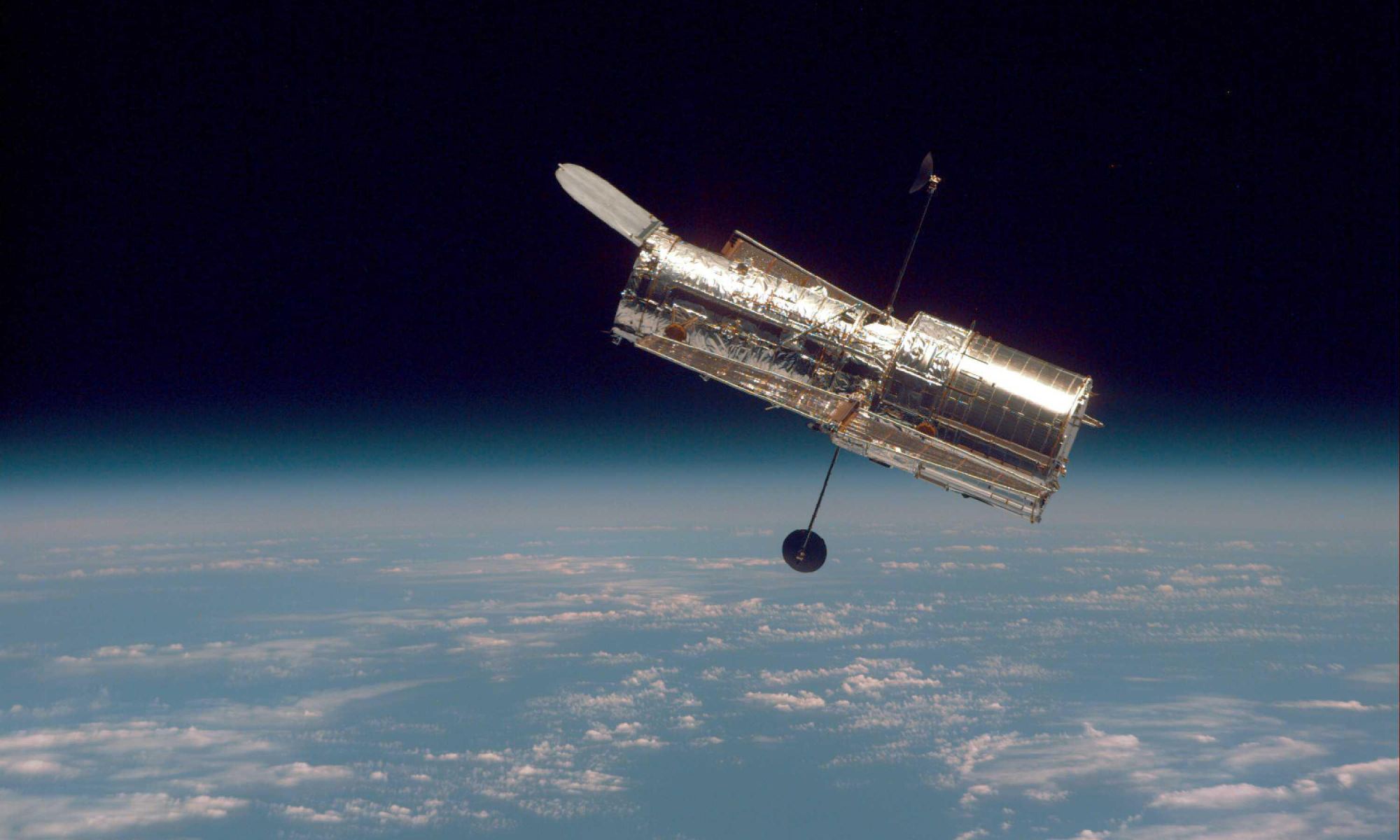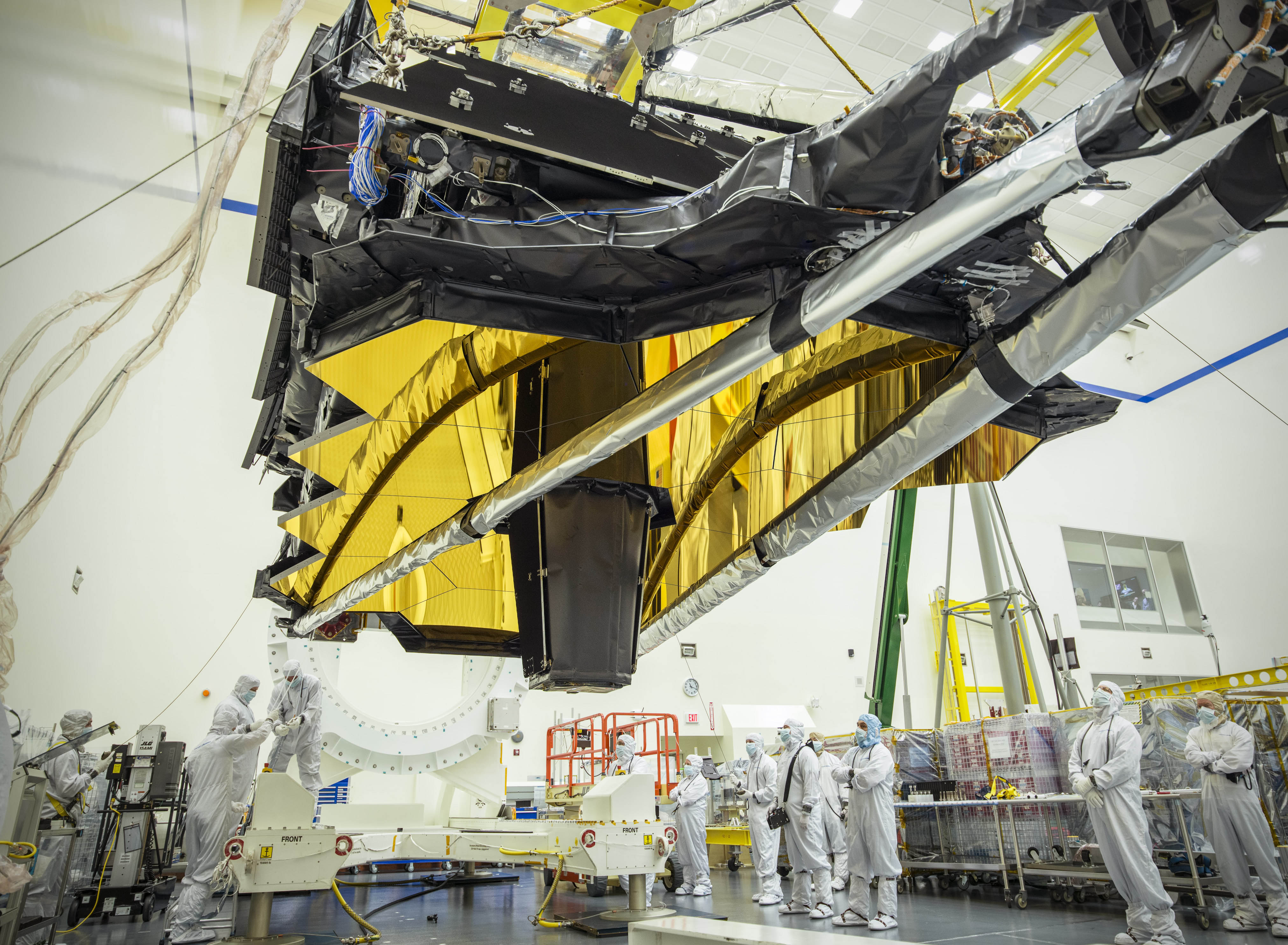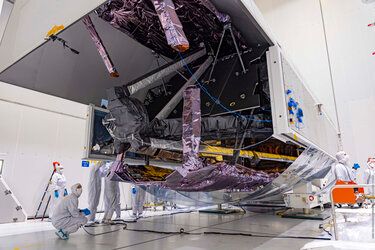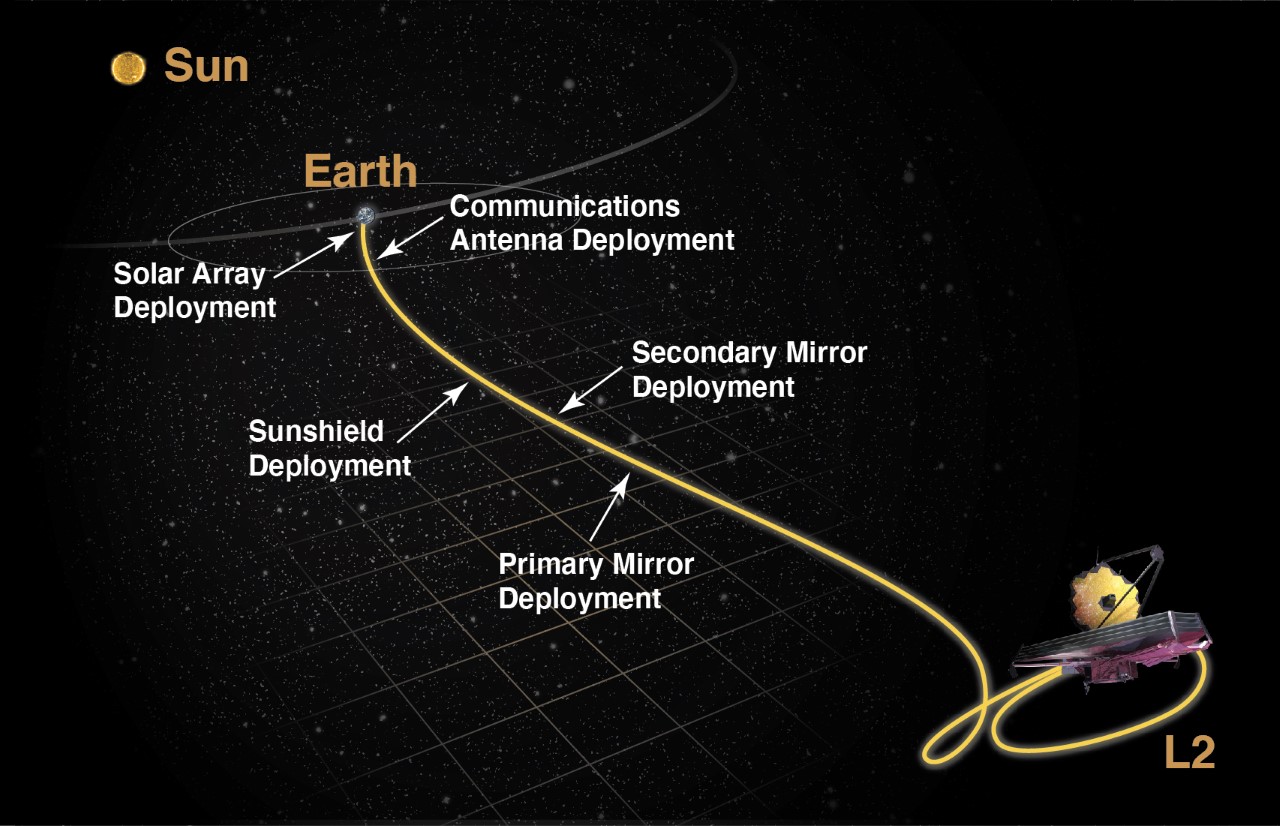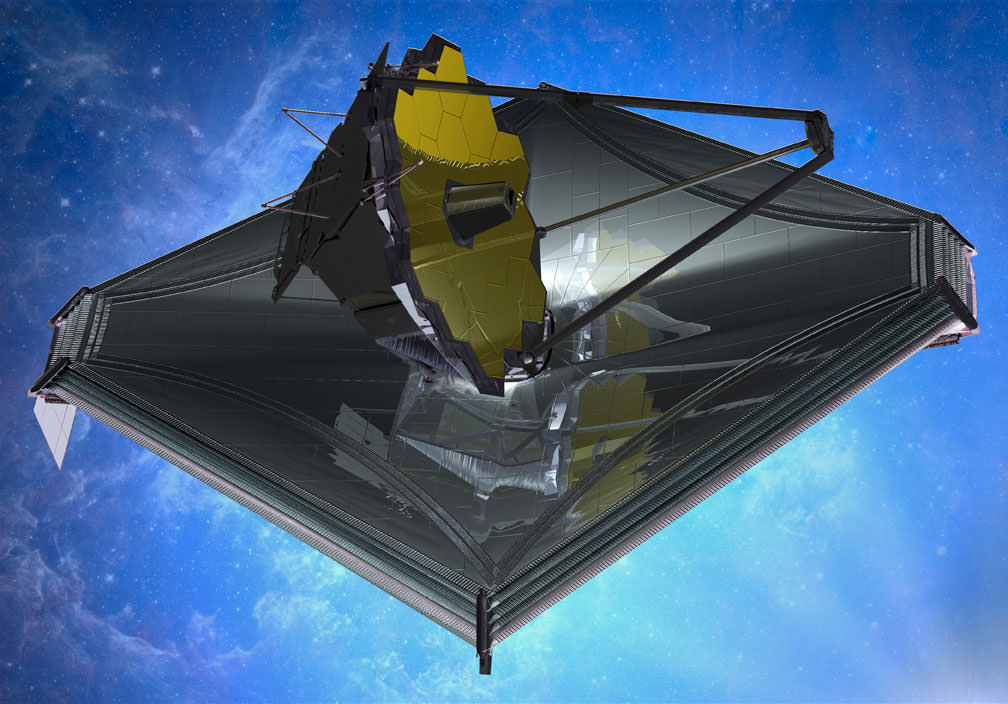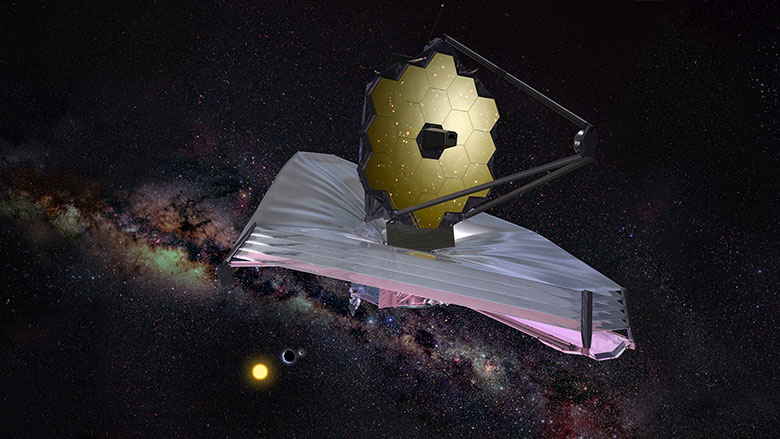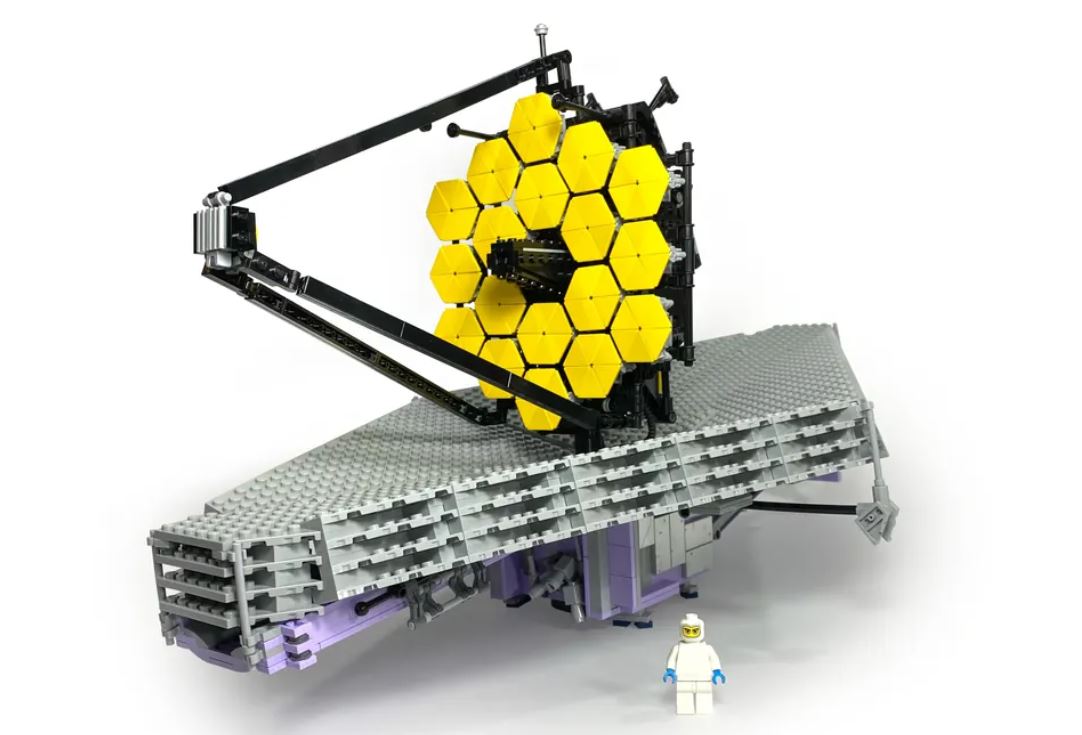In the history of space exploration, a handful of missions have set new records for ruggedness and longevity. On Mars, the undisputed champion is the Opportunity rover, which was slated to run for 90 days but remained in operation for 15 years instead! In orbit around Mars, that honor goes to the 2001 Mars Odyssey, which is still operational 20 years after it arrived around the Red Planet.
In deep space, the title for the longest-running mission goes to the Voyager 1 probe, which has spent the past 44 years exploring the Solar System and what lies beyond. But in Earth orbit, the longevity prize goes to the Hubble Space Telescope (HST), which is once again fully operational after experiencing technical issues. With this latest restoration of operations, Hubble is well on its way to completing 32 years of service.
Continue reading “Hubble is Fully Operational Once Again”
